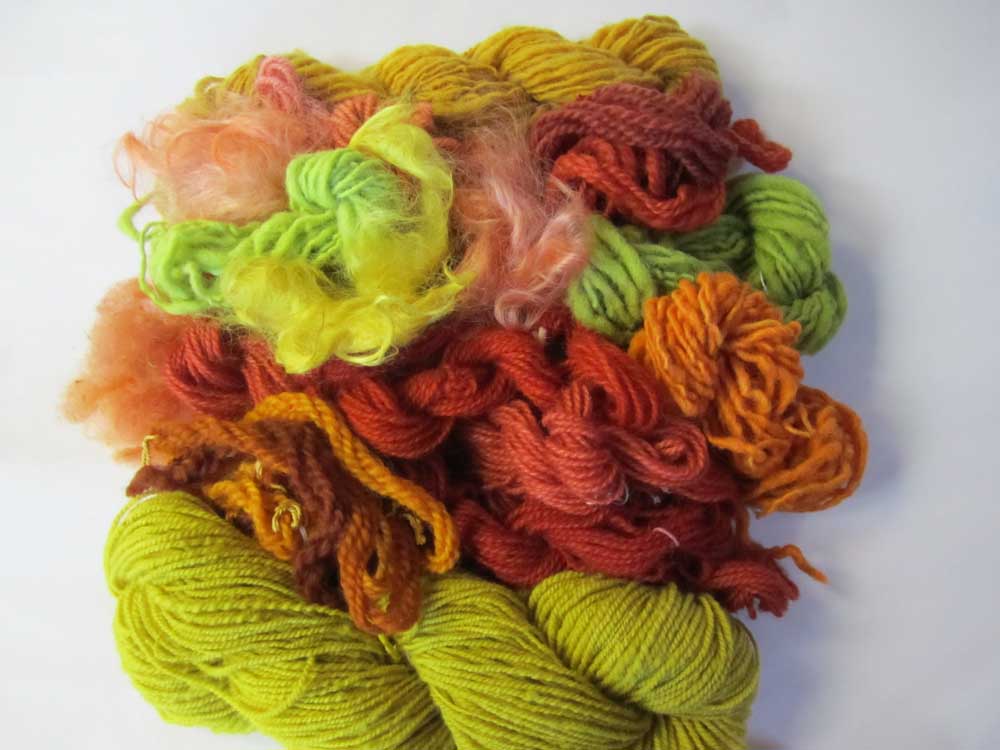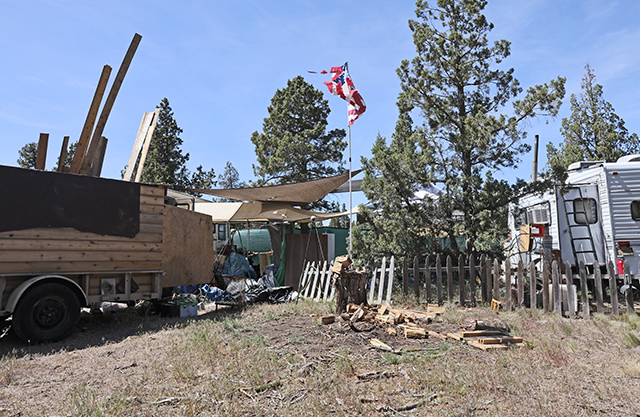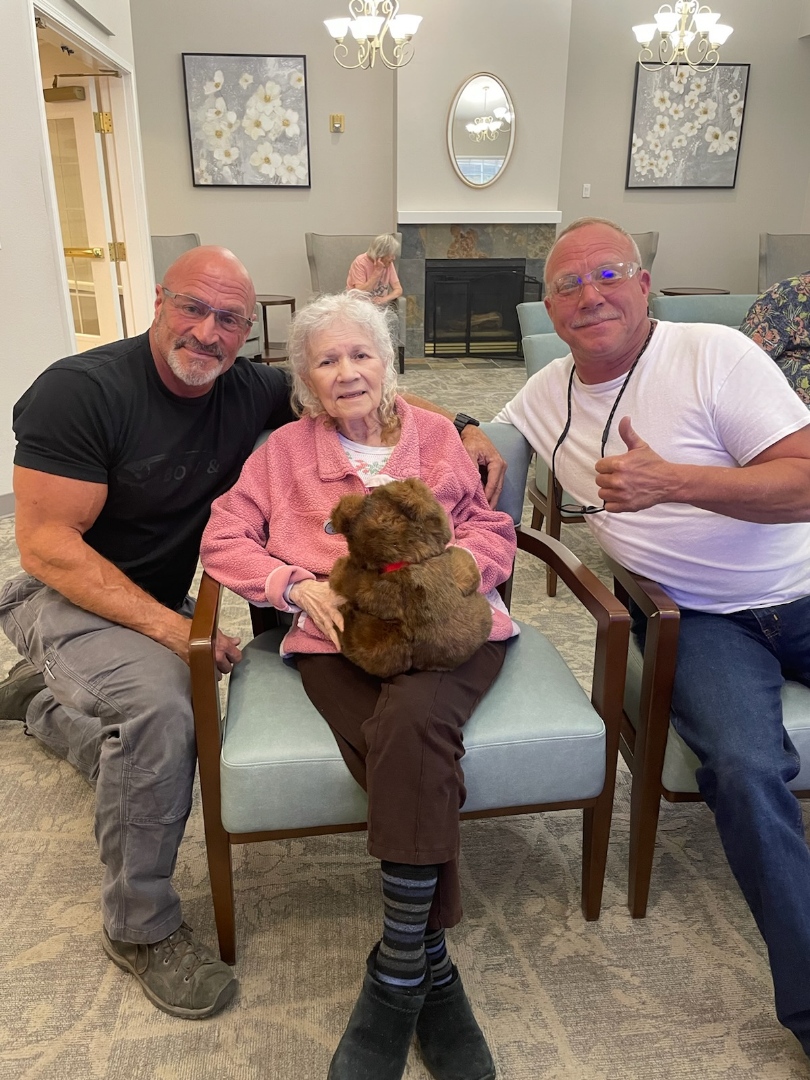Turn plants into dye
Published 12:00 am Tuesday, February 4, 2014

- Courtesy Kathleen ToveyThese pieces of yarn were dyed with natural material grown in Central Oregon. The wool shown here includes moss green from ponderosa tree Letharia lichen, light green from juniper tree Letaria Lichen, yellows from Rabbitbrush and marigolds, and shades of orange and red from dahlia flowers, coreopsis flowers, and madder root.
I am not a great proponent of New Year’s resolutions, but I do believe if you make one and then verbalize it, you are more apt to carry through.
For many years my “someday list” has included planting a natural dye garden. Last fall I was involved in several conversations, plus some show-and-tell sessions on natural dyes, and I decided it’s time to commit to my list. Why do I want to do this? I am a hand weaver and have always been fascinated with color and fiber.
I have four books dedicated to dye plants in addition to a file full of articles and fact sheets. Obviously I don’t lack for information. Now putting the puzzle pieces together will be the challenge. Where will I find a source for the right variety of seeds? Will the planting be successful in our climate?
Many of us have used onion skins to make a dye bath for Easter eggs. Think of beet juice and how it stains. A few years ago it was popular to submerge cloth in a tea bath solution to give the cloth an antique look. Even our invasive mullein weed has a dye value. The leaves and stalks, depending on the mordant used, will produce a yellow, gold or bright yellow color. Mordants are chemicals that adhere to the yarns or cloth, helping the dye to fix color. The five common mordants are: alum, chrome, tin, iron and copper.
In “Growing Herbs and Plants for Dyeing,” Betty Jacobs lists bloodroot as a source of color in shades of orange, rust or reddish pink depending on the mordant used. Bloodroot was discovered as a dye plant by American Indians.
Dyer’s chamomile is often called a look-alike to the herb chamomile used for teas. Dyer’s chamomile is also named golden marguerite. This is a good example of being aware of the botanical genus to make sure I get the right one. The dyer’s chamomile is of the genus “anthemis,” the herb chamomile used for teas and medicinal purposes belongs to a different genus.
Hollyhocks grow well in Central Oregon. There is a planting of the native hollyhock in the Native Section of the Oregon State University Demonstration Garden in Redmond. I promise not to snatch the fresh flowers. Dye color can range from orange to pink or lime depending on the mordant.
The range of colors is so great that at one time madder was classified as the most important of all dye-stuffs. Madder is a perennial that is not harvested until the plant is 2 years old, and then it is the roots that are used. The results of the dye process can yield a color range of orange, lacquer red or garnet red.
After perusing my books, I am almost convinced I don’t have to go much further than my existing two acres. According to author Anne Bliss, one of her most reliable dye plants is rabbitbrush. I certainly have plenty of that. Fresh flowers and leaves will yield colors of bright gold, bright orange gold, lively rust, very dark olive-green, greenish gold or with no mordant a gold color.
The roots of Oregon grape, our state flower, were used by the Navajo to make a yellow dye. The bluish-purple berries stain purple and produce lavenders on wool.
Curly dock, a weed found in abundance, can be used either in the green leaf color or in the fall when seeds and stalks have turned the reddish color. The reddish brown seeds and stalks will produce the most interesting colors of the two.
As I continued to page through my books I found many Northwest plants that contain the surprise and gift of a natural dye.
Pinetree Garden Seeds catalog actually has a section for dye plant seed packets. They offer seven selections: Hopi Red Dye Amaranth, Bulls Blood Beet, Henna, Woad, Black Hollyhock and Golden Marguerite. I think I will order one of each and enjoy the adventure and discovery.
— Reporter: douville@bendbroadband.com






